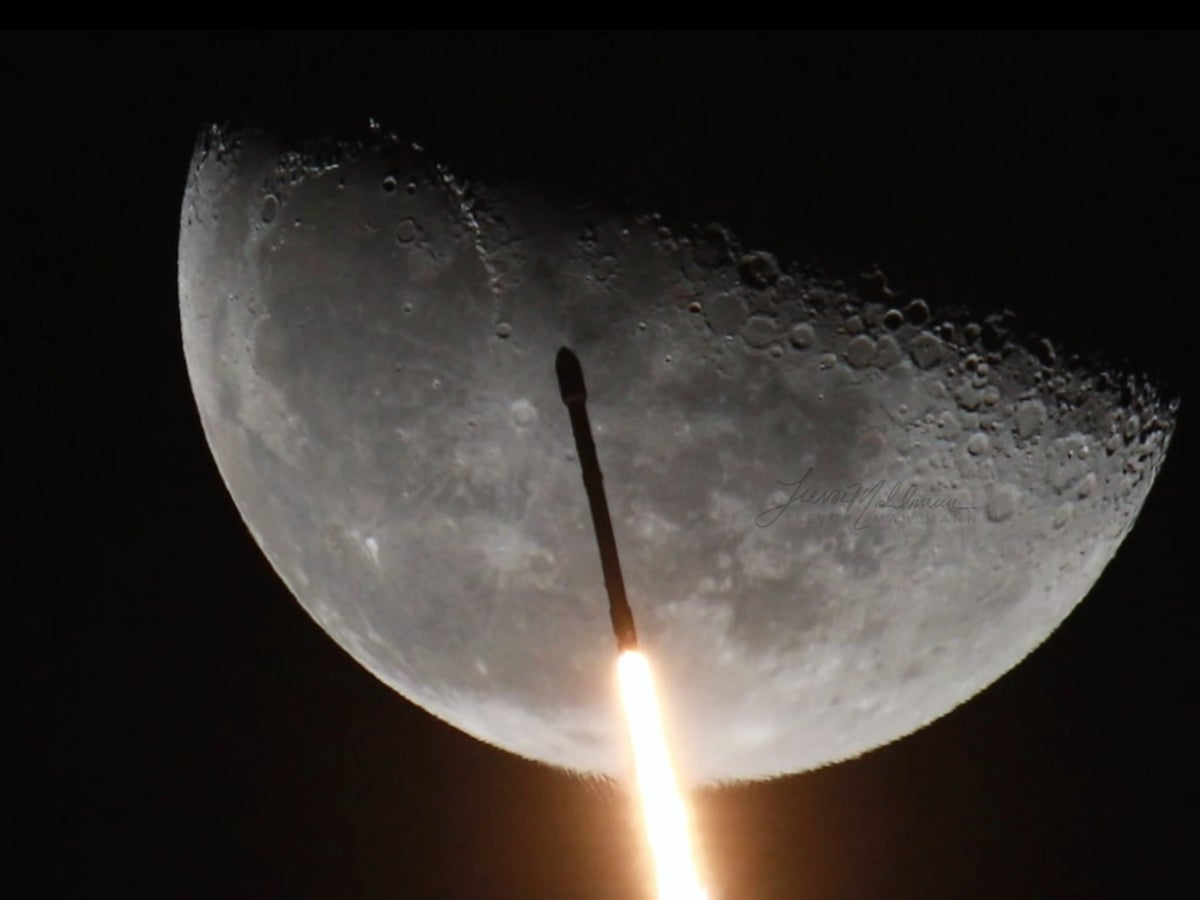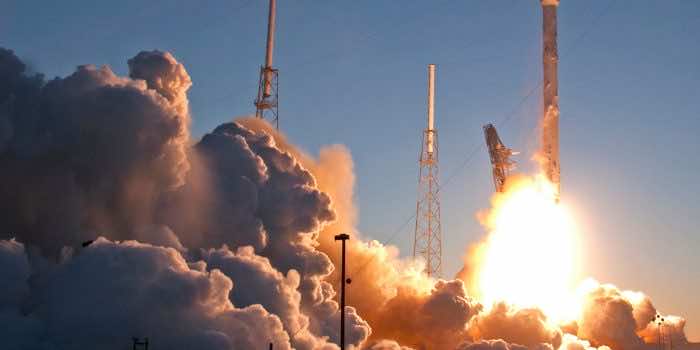Elon Musk has had his fair share of space-related issues in recent months, but now it appears that a SpaceX rocket crash with the Moon is no longer on his list.
Bill Gray, the astronomer credited with spotting the impending collision, said on Feb. 12 that he misidentified the rocket as a SpaceX Falcon 9 rocket stage that helped launch the Deep Space Climate Observatory satellite in 2015.

Gray speculates that the stage might have been part of the Long March 3C rocket that launched China’s moon-bound Chang’e 5-T1 mission in October 2014. This spacecraft served as a prelude to Chang’e 5, a 2020 mission that performed a robotic lunar sample return.
The Catalina Sky Survey in Arizona spotted the object. Several scientists noticed that this object wasn’t orbiting the Sun-like asteroids typically do when the scan detected it. Instead, it was circling the Earth, hinting that it was built by humans and launched into space by them.
“I had pretty good circumstantial evidence for the identification, but nothing conclusive.”
:no_upscale()/cdn.vox-cdn.com/uploads/chorus_asset/file/23239093/104589462.jpg)
Several clues led Gray and other scientists to believe that the object was one of SpaceX’s rockets. First, they thought it was the top half of a Falcon 9 rocket that had flown in February 2015, launching a satellite named DSCOVR into a very distant orbit for the National Oceanic and Atmospheric Administration.
Gray was quite confident that the mystery trash was part of the Falcon 9 rocket that launched DSCOVR based on those features and other characteristics of the object.
Since Gray projected in January that the deep-space object would collide with the Moon on March 4th, this thing has gotten a lot of attention. However, gray is very confident that this object is a residual chunk of a Chinese Long March 3C rocket after taking a deeper look at the object’s history and receiving some new facts from NASA.
Gray claims he discovered the incorrect identification after receiving an email from someone at NASA’s Jet Propulsion Laboratory (JPL), who maintains track of ongoing space missions. JPL employee stated that the Falcon 9 passing near the Moon two days after the DSCOVR launch was unlikely.
“He happened to think, ‘Wait a minute. I don’t remember that having gone past the Moon,’” Gray said.
“That caused him to dig into the historical data of where DSCOVR actually went.” Based on that mission’s trajectory, the Falcon 9 would have been in another part of space entirely when this object skimmed the Moon.

Gray then looked back further to see if any earlier launches would have suited this product. He came upon the Chang’e 5-T1 expedition at that time. After replicating the mission’s likely orbit and trajectory, he determined that the Long March 3C rocket was the best fit for this strange object.
Gray thinks we need to learn more about these deep-space rocket boosters despite the uncertainty surrounding the object’s identification. Currently, no institutional body routinely follows abandoned rockets like these in space. “The only people I know who are interested in these old rocket boosters are people who work in the asteroid tracking community,” he explains.
Gray believes that it would be ideal if companies that launch deep space rockets were forced to keep track of their vehicles’ last known position, making it easier to locate lost parts. But, of course, China has a history of withholding information about its space programs.
“This sort of thing would be considerably easier if the folks who launch spacecraft — if there was some regulatory environment where they had to report something,” Gray says. “But as it stands, it’s always a certain amount of detective work that goes into figuring these things out.”


